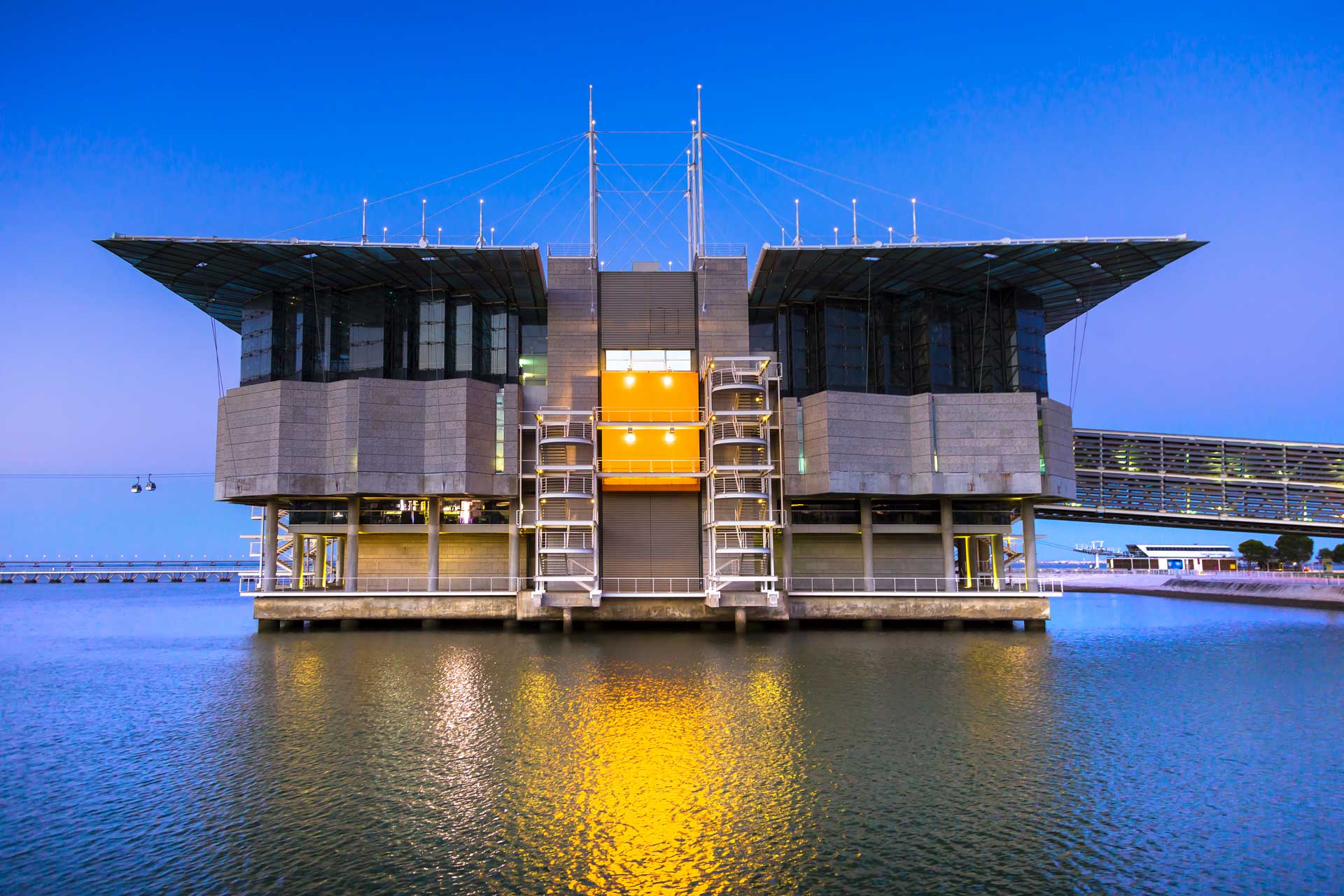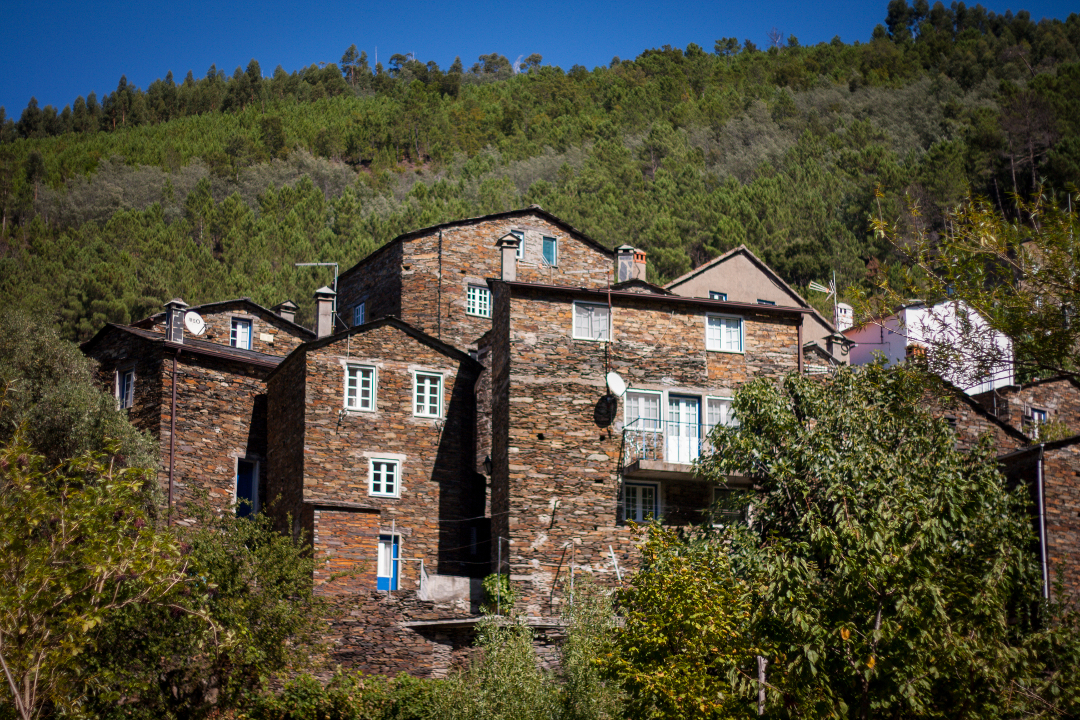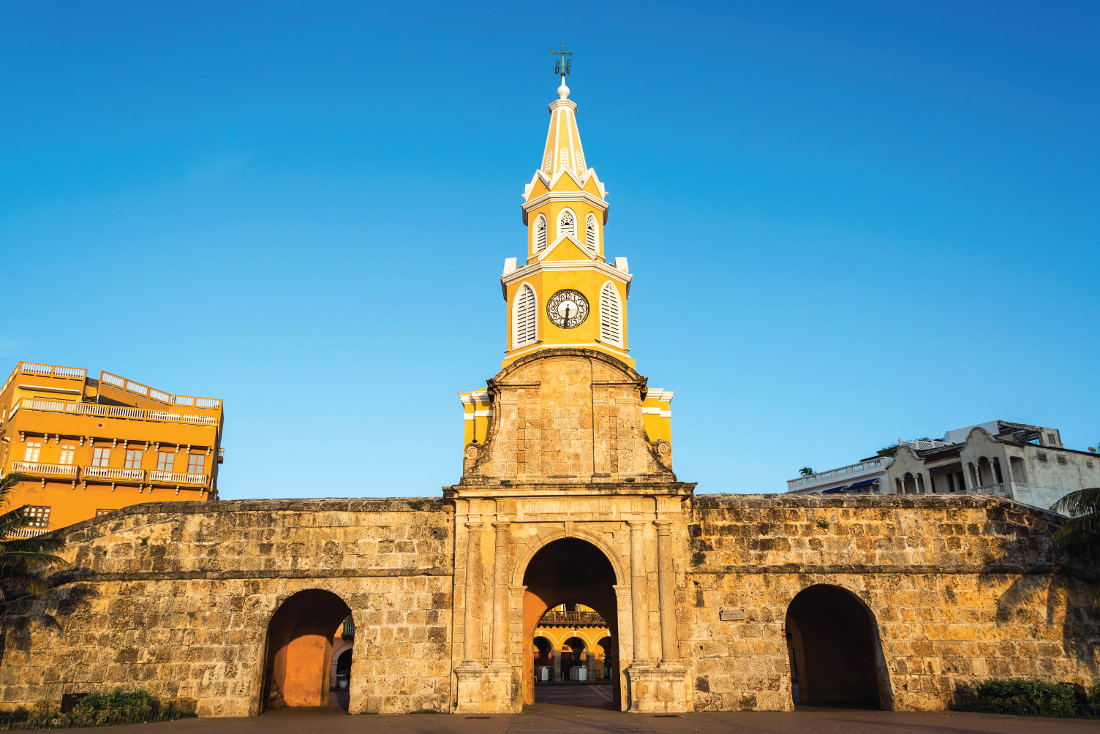
WARSAW
The Warsaw capital rose from inumerous adversities to become a cosmopolitan European city.

JOANA PESCHAK
AGE
35 YEARS OLD
POSITION
CHIEF FINANCIAL OFFICER,
RECHEIO CASH & CARRY
HOME TOWN
TARNOW, POLAND
LIVING IN
LISBON, PORTUGAL
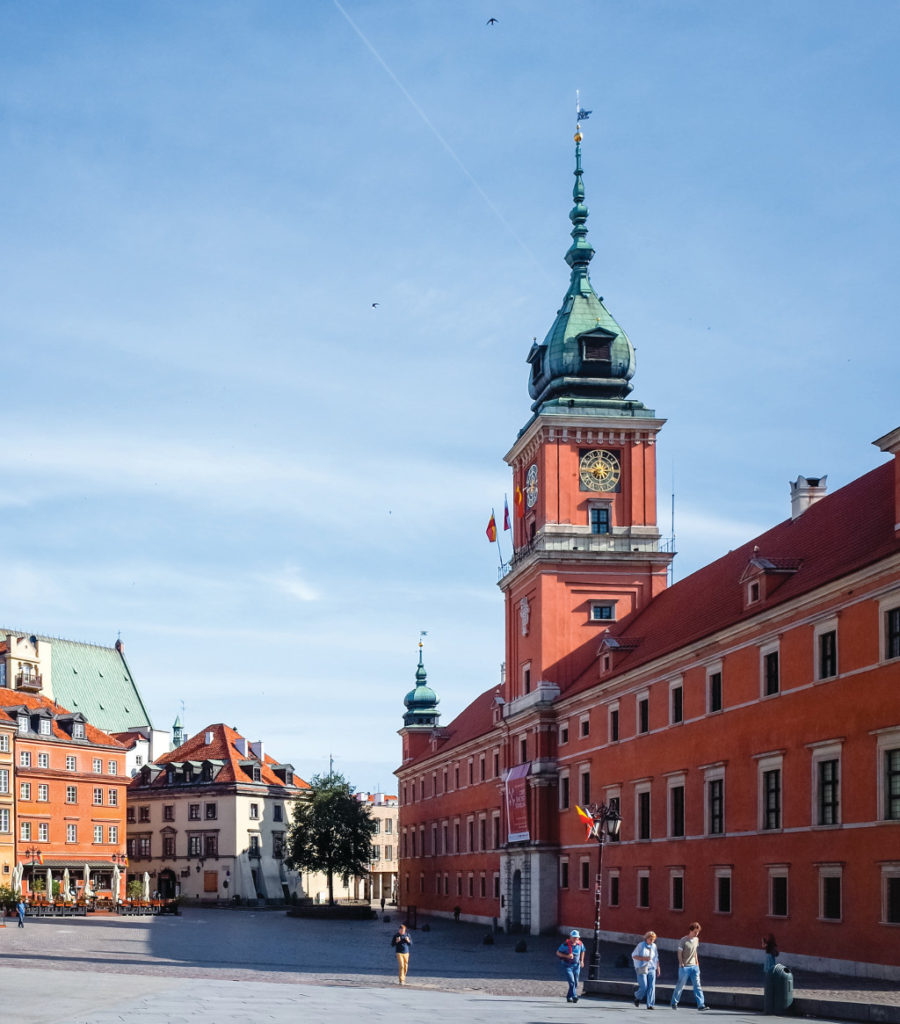
The Polish capital, Warsaw, is today one of the most cosmopolitan cities of Europe with an important artistic and cultural life notwithstanding its earlier days when it was a secondary city. In 1596, the royal court moved to Warsaw, leaving behind the capital of the Polish kingdom until then, Krakow.
Throughout the years, Warsaw (and the country) were conquered and freed several times, which helps to understand the diverse cultural heritage of the city. In 1795, it was incorporated into the Prussian kingdom and eleven years later, in 1806, during the Napoleonic Wars, it was the capital of the Great Duchy of Warsaw, a vassal state of the First French Empire. In 1815, it was annexed by the Russian Empire and so it would remain for one hundred years until it regained independence as the capital of the Republic of Poland in 1918.
However, in 1939, Nazi Germany occupied the city leading to a terrible and devastating chapter in its history. It is not surprising that Warsaw was nicknamed the “Phoenix City” due to the way it survived and recovered from so many wars, conquests and occupations.
All this historical richness can be seen in the town that boasts a diverse architecture of the gothic, renaissance, baroque and neoclassical periods. But today Warsaw is a “modern, energetic city full of parks and great restaurants” and that is why Joanna Peschak does not hesitate to suggest it as the city to be visited in Poland and compares it to a “rough diamond, because it is beautiful and precious but still needs to be polished to acquire its brilliant shine.” “You may be surprised, but to me, the best time to enjoy the city are the winter evenings in December when you can admire a fantastic Christmas lightning along all the Royal Route, Nowy Swiat Street, Krakowskie Przedmiescie Street up to the Royal Castle”, says Joanna.
The city was nicknamed the “Phoenix City” due to the way it survived and recovered from so many wars, conquests and occupations.
WHERE TO EAT
POLKA
If the purpose is to try local flavours, the Polka restaurant would be the right place for you”. This old and refurbished big house, located in the historical city centre, offers a typical Polish experience, from the coloured decoration of the space to the relaxed, quick and simple service.
However, what Joanna points out is the great gastronomical diversity offered by the city. There is “Italian, Greek, Russian cuisine, among many others”. So, “if you would like to have a ‘culinary journey’ to Sicily, the best place would be Trattoria da Antonio. If, on the other hand, we want to“feel like on a Greek Island, then visit Santorini Restaurant.” There are plenty of options, regardless of whether you want to try local or world flavours.

CULTURE
WARSAW RISING MUSEUM
The cultural experience recommended by Joanna Peschak, as it would be expected, reflects the historical and troubled part of the city. “You have to pay an unforgettable visit to the Warsaw Rising Museum which is a tribute of Warsaw’s residents to those who fought and died for an independent Poland and our free capital.”
The permanent exhibition of the museum shows us what “fighting and everyday life during the Uprising, keeping occupation terror in the background” was when Poland freed itself from the German yoke. The collection is quite varied and goes from weapons used by insurgents to love letters and a series of objects from the occupation time. “The Museum tower is a special attraction with a view of the Freedom Park and the city of Warsaw.”
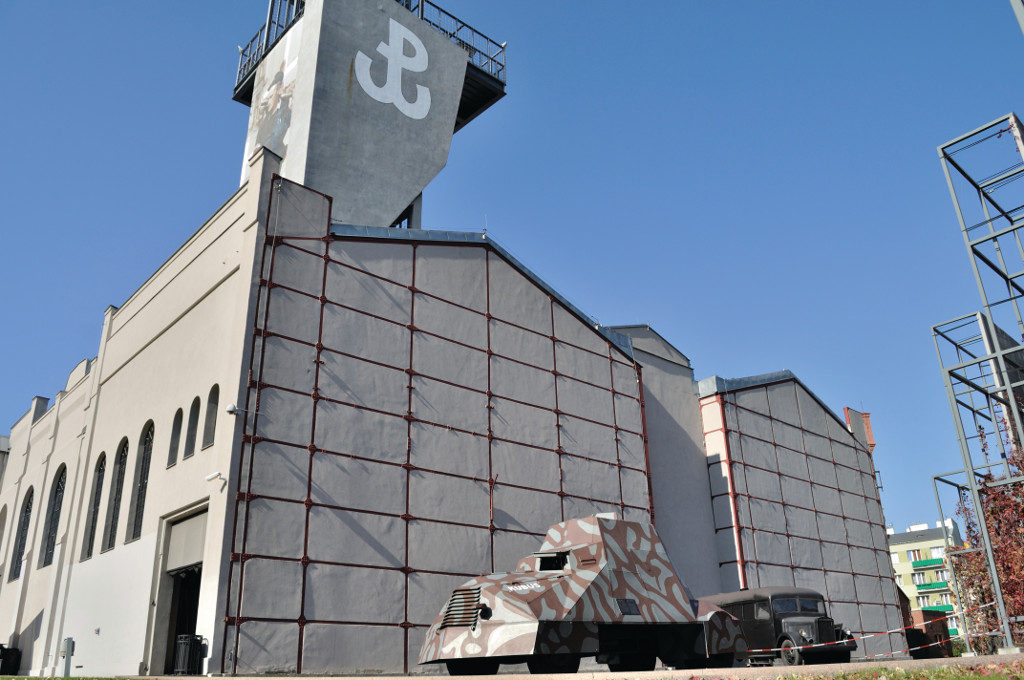
LEISURE
ROYAL ŁAZIENKI PARK
For leisure moments, the many parks of the city are an excellent option, but the most special for Joanna is the Royal Łazienki Park. “From the middle of May to the end of September, every Sunday afternoon in front of the Chopin’s monument in Royal Łazienki Park you can enjoy an open-air piano concert surrounded by the beautiful flowers, trees and birds.” It is a “unique chance to listen to the great music of Fryderyk Chopin, the most famous Polish composer, and get a suntan at the same time.”
For the night, the unavoidable destination is Mazowiecka Street. “You can find there various night clubs offering different type of music so you will never get bored,” says Joanna. “Great party is just guaranteed. Do not miss Enklawa, with its 70s and 80s parties; Bank Club, with the biggest dancefloor in Warsaw; or live jazz music in Tygmont.”
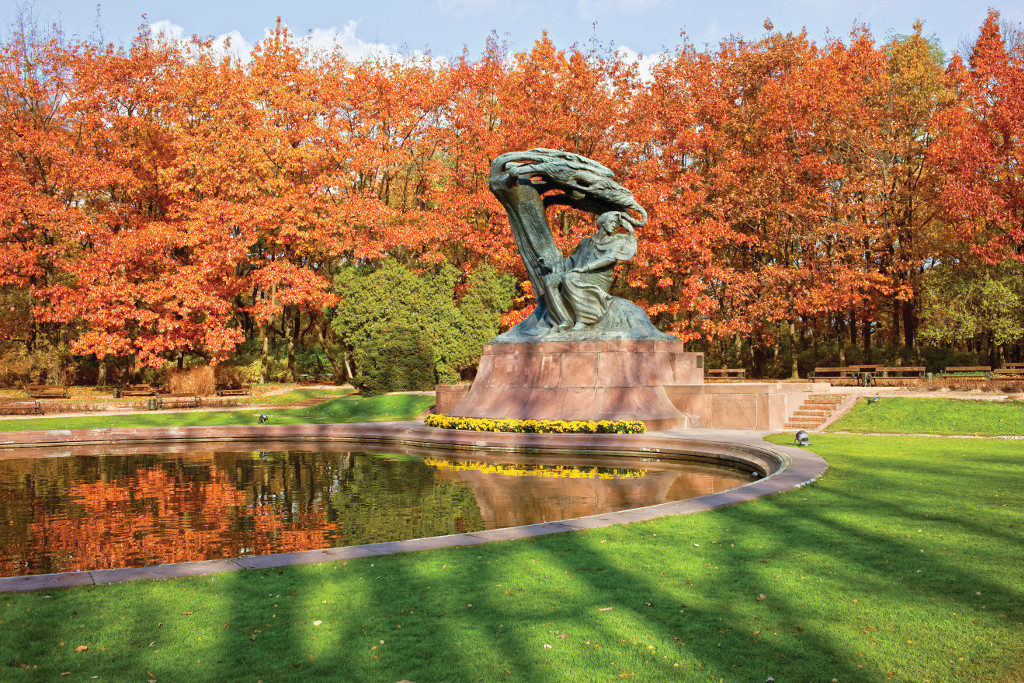
LISBON
Lisbon is a breathtaking combination of roman and Moor ruins, sun-drenched cafés and bohemian nightlife.

EDUARDO BRITO
AGE
54 YEARS OLD
POSITION
CHIEF DEVELOPMENT
INNOVATION OFFICER, BIEDRONKA
HOME TOWN
LISBON, PORTUGAL
LIVING IN
WARSAW, POLAND

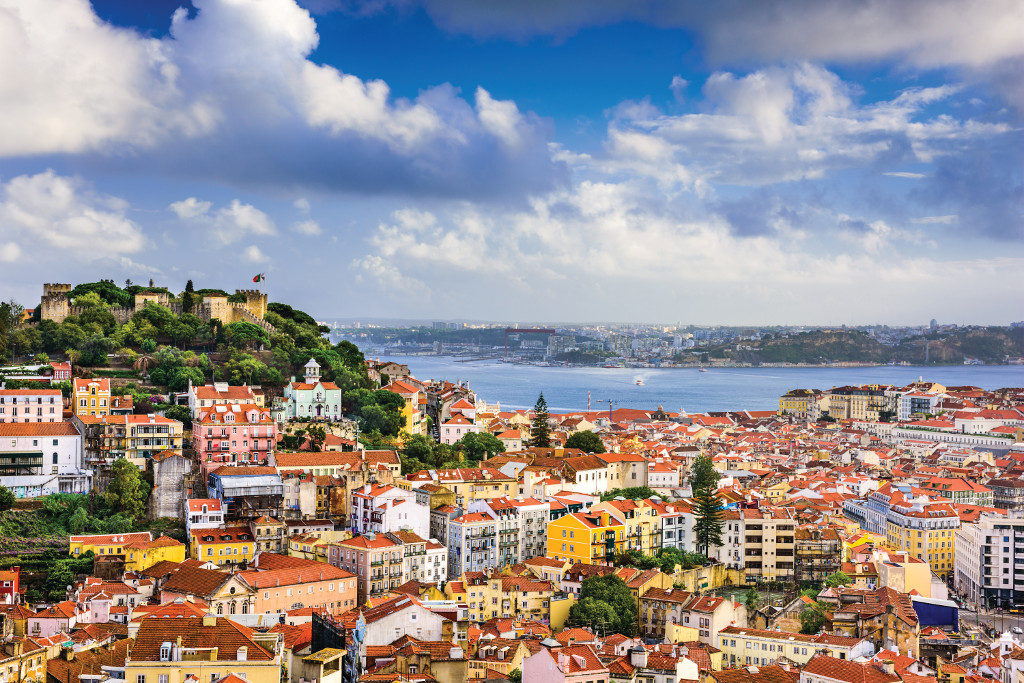
Eduardo Brito has no hesitation in recommending a visit to Lisbon, his native city and Portugal’s capital. “The restaurants, the light, the small alleys, the hills, the views,” are the arguments that he uses to make his point. This list recognizes the city’s many charms, which justify it being named in recent years, and by many sources, as one of the best tourist destinations in Europe.
With origins dating back to the Phoenician presence in the 8th Century BC, Lisbon is one of the oldest cities in Europe. The cultural legacy from the times of the Roman and Moorish occupations in particular is still evident today. The city was reconquered in 1147 by the Crusaders led by Afonso Henriques, the first king of Portugal.
It was in 1255 that Lisbon was adopted as the Kingdom’s capital, thanks to its favourable location on the coast and at a relatively central point within the country. The expansion of the city enabled it to become an important port for trade with Northern Europe and Mediterranean countries.
Between the 15th and 17th Centuries, with the maritime expansion the Portuguese set out to conquer the world, with a large proportion of their ships setting sail from Lisbon to Brazil, Africa and the Orient. It was also during this period that Portugal lost its independence to Spain, which was won back in 1640.
One of Lisbon’s most defining moments was the great earthquake of 1755, that destroyed over two-thirds of the city’s structures. A large part of Lisbon’s Downtown District (Baixa) was rebuilt in accordance with the Marquês de Pombal’s plan, which is why it is known as Baixa Pombalina.
Nowadays, Lisbon is a city with a perfect blend of historical and cultural heritage and cosmopolitan modernity. It is home to countless music and film festivals, is packed with theatres and museums, and has a thriving cultural scene. On June 13, Lisbon celebrates its city day, in honour of its Patron Saint, Saint António. It is exactly at this occasion that Eduardo Brito recommends a visit to the capital, “when you can see, in the old city, the people invading the streets with food and music.”
WHERE TO EAT
DINING THE SEVEN SEAS
In common with all great cities, it is possible to eat almost anything in Lisbon. However, if the aim is to sample local dishes, the fish and the seafood are a safe bet. Given Lisbon’s coastal location, these are always fresh. Eduardo Brito recommends Sete Mares, a seafood restaurant that has been in operation for over twenty years. Although it has some popular meat dishes, the standout dishes in the menu are the fresh grilled fish – dory, sea bass, grouper, and so on – and the seafood – there are always live canilhas (spiny dye-murex), percebes (barnacles) and crayfish to cook fresh. Naturally, as Eduardo tells us, the seafood must be paired with a “good and fresh white wine.”
LEISURE
PARADISE PENINSULA
For a moment of calm, away from the hustle and bustle of Lisbon, Eduardo Brito suggests taking a short trip south to the Tróia Peninsula, where the visitor will find “white sand beaches with turquoise water.” This little paradise, less than one hour by car from Lisbon, was recently redeveloped, with new facilities, hotels and beach access points. Its extensive beach, which stretches for several kilometres, provides the visitor with an unrivalled opportunity to be in communion with the sea. If you travel by boat from Setúbal, a city to the south of Lisbon that provides the quickest access to the peninsula, you may be lucky enough to “watch the dolphins following the boat.” It is the only area in mainland Portugal with wild dolphins.
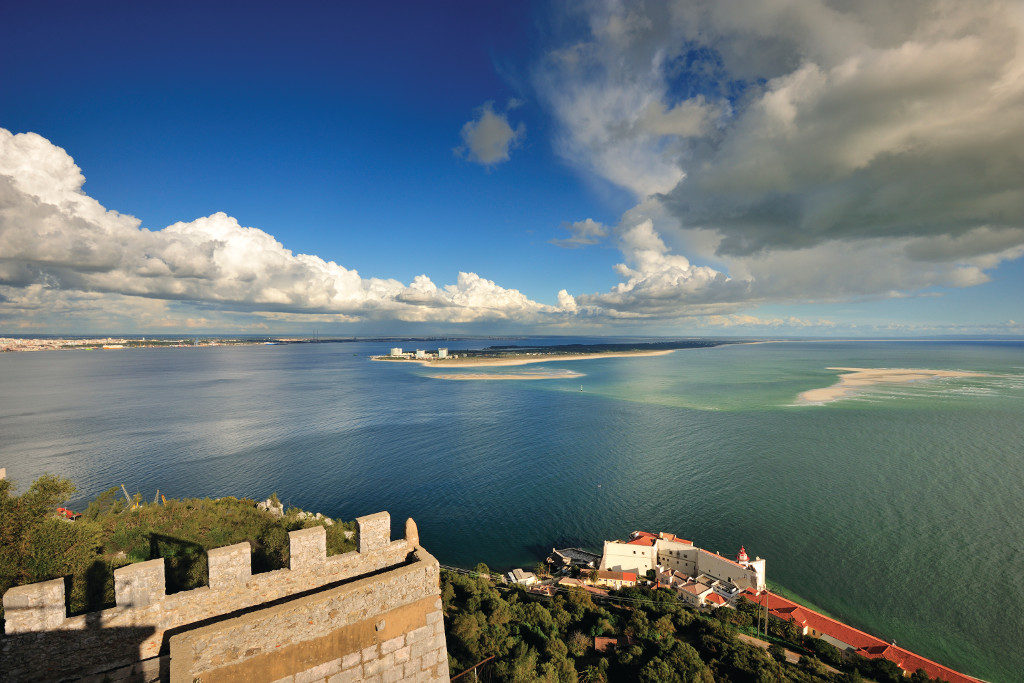
CULTURE
GULBENKIAN’S FOUNDATION
“For those who would like to enjoy a late cultural afternoon,” Eduardo Brito tells us, “I would recommend the Gulbenkian Museum and a visit in its wonderful park.” It was founded according to instructions in the will of Calouste Gulbenkian, an Armenian art collector who lived the final years of his life in Lisbon. The foundation is located in the heart of the city and its buildings are surrounded by gardens.
In addition to the museum housing the founder’s collection, there is also a modern art museum, a library, an outdoor amphitheatre playing host to concerts, various cafés, and study centres. The Gulbenkian, as Lisboners call it, is one of the city’s cultural hubs.
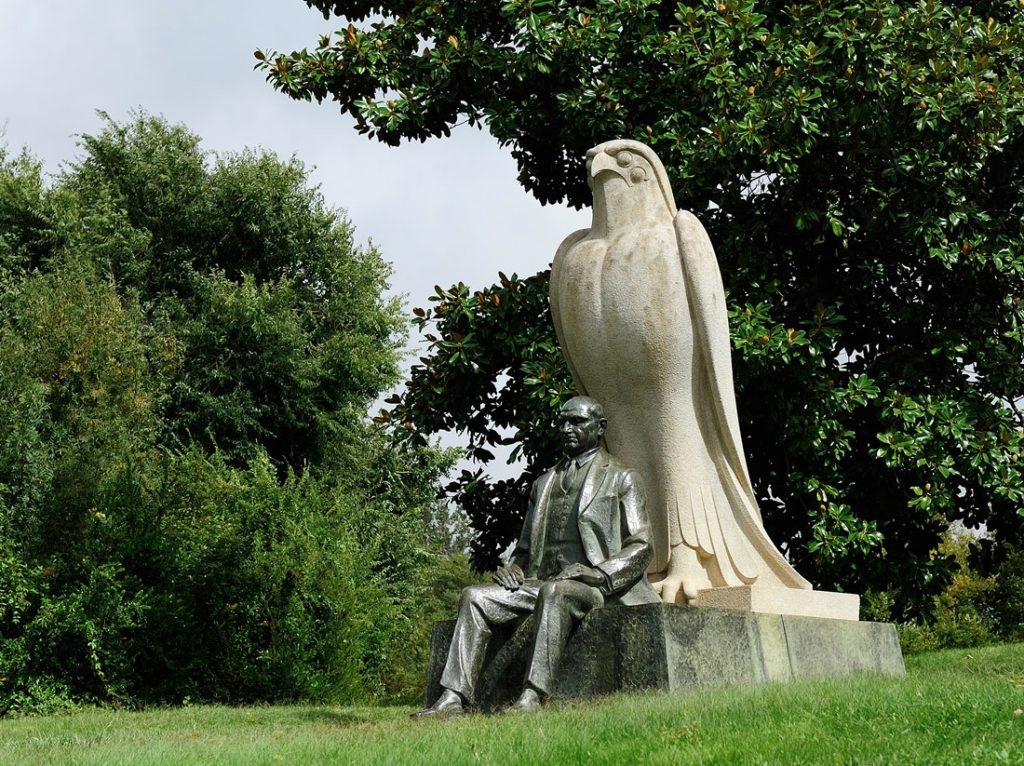
CARTAGENA DE INDIAS
From its colonial heritage to its paradisiac beaches, a Caribbean pearl to delight the senses.

JUAN CAMILO ZEA MONTOYA
AGE
24 YEARS OLD
POSITION
FRUIT AND VEGETABLES CATEGORY MANAGER,
PINGO DOCE AND RECHEIO CASH & CARRY
HOME TOWN
MEDELLÍN, COLOMBIA
LIVING IN
LISBON, PORTUGAL
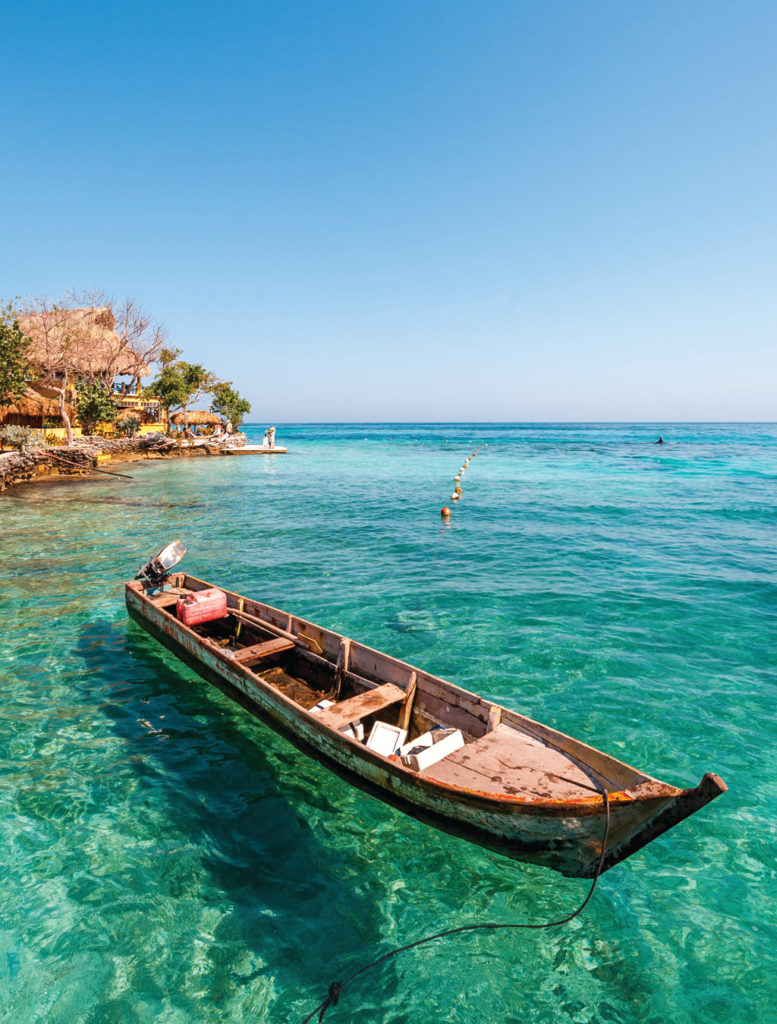
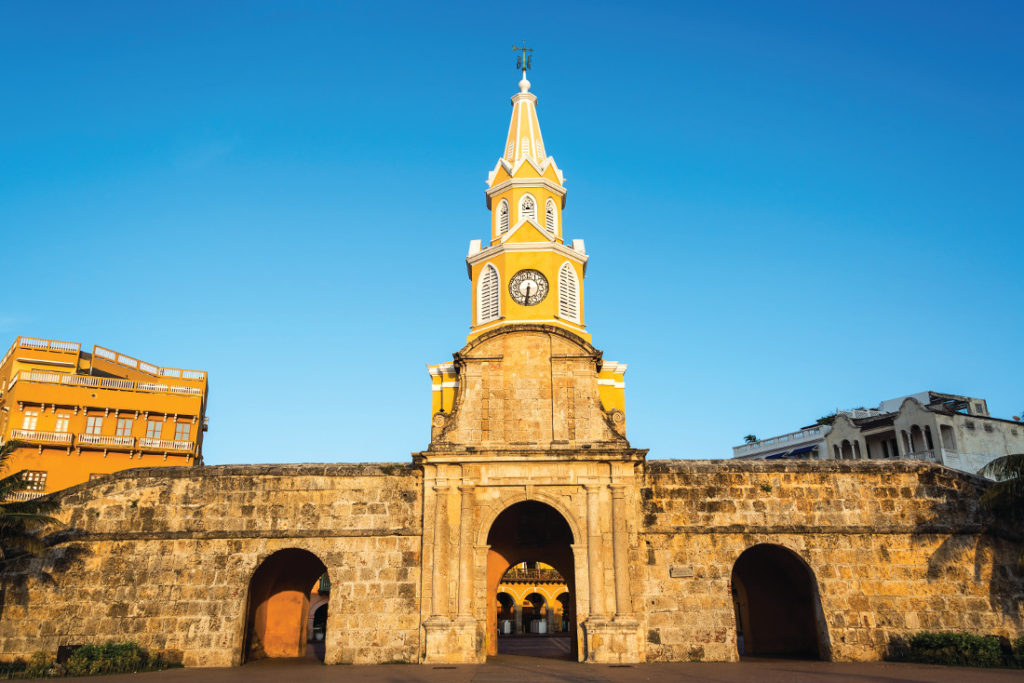
Located in northern Colombia, Cartagena de Indias is the capital of the Bolívar Department and was founded in 1533. During the colonial period, the city benefited from its location by the Caribbean Sea and became one of the most important ports in the American continent. This was one of the reasons why it is so intimately close to the history of pirates who found it an attractive target for their pillages.
Today, almost five centuries after its foundation, it is mostly due to this historical legacy that Juan Camilo Montoya does not hesitate to suggest a visit to the city. Known as “La Heroica” – the heroic one – “its walls were witnesses of important historic milestones” he says. “Those walls shaped the reality of my people and continue to display a chaotic yet picturesque lifestyle by the shore of the Caribbean sea.” Together with this historical side of the city there is modernity: “You can stay at modern hotels, surrounded by skyscrapers inside a bay that resembles the coast of South Beach in the USA.” And, of course, there are many dazzling beaches: “Only a few minutes by boat from the Cartagena bay, you can visit the Rosario Islands, a group of small virgin islands with paradise-like beaches great for diving, sailing and fishing.”
If Cartagena de Indias were a song, for Juan Camilo it would be “La Tierra del Olvido” by Carlos Vives, “because of the lyrics, which are very romantic and even poetic, but framed into very festive and happy chords of Vallenato.” It is a song that reflects the crossbreed in the city due to its own mixture of genres and influences. The best time of the year to visit the Caribbean city is in May “because it is one of the warmest months and the city does not have yet many tourists,” making it easier to explore.
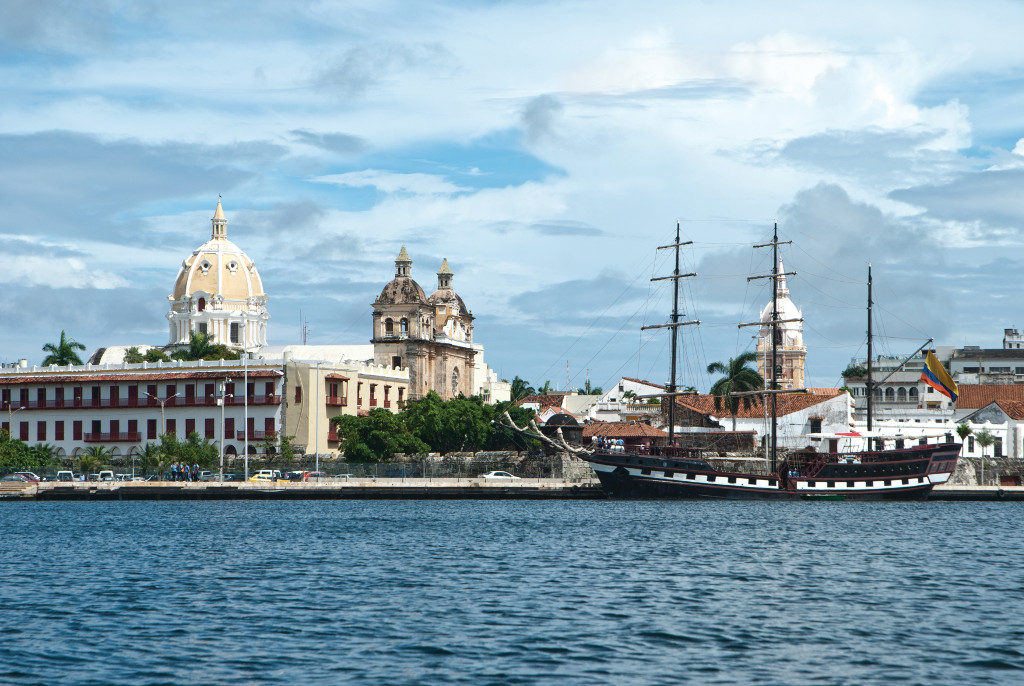
WHERE TO EAT
CEVICHE
Juan Camilo says the Colombian food “is quite simple but rich and caloric”. When it comes to suggesting a restaurant, he has no doubts in indicating the Malagana Café, “a small restaurant that serves local cuisine mixed with international flavours that has a comfortable rooftop to appreciate the view over Getsemaní neighbourhood.”
The Colombian ceviche with coconut milk is simply fantastic and can be served with “one of the amazing local beers or a glass of fresh juice made with tropical fruit.” Mango or pineapple with passionfruit are safe choices for Juan Camilo. “Also make sure to try the fried fish with coconut rice and the popular ‘arepas de huevo’.” For those who are skeptic about adventuring into the local gastronomy, “Cartagena offers many amazing international restaurants with a lot of different options.”
LEISURE
PLAZA OF SAN PEDRO CLAVER
“If there is something we, Colombians, know how to do is to celebrate,” says Juan Camilo. If you spend the day exploring the rich historical heritage of the city or the breathtaking natural wonders of the Caribbean Sea beaches, the night will be a good moment to relax. “You can go to El Barón Café which is an amazing bar that often plays live music and offers an impressive variety of cocktails, right in the heart of the colonial neighbourhood.”
It is a privileged place to “get to know locals and travellers from all around the world.” Although it is specially lively at night when it is filled with life and excitement, “it also offers food and drinks all day.” The location of this bar makes it a strategic point to plunge into the life of Cartagena de Indias, with an open space by “plaza of San Pedro Claver, which will set the mood for a great time.”

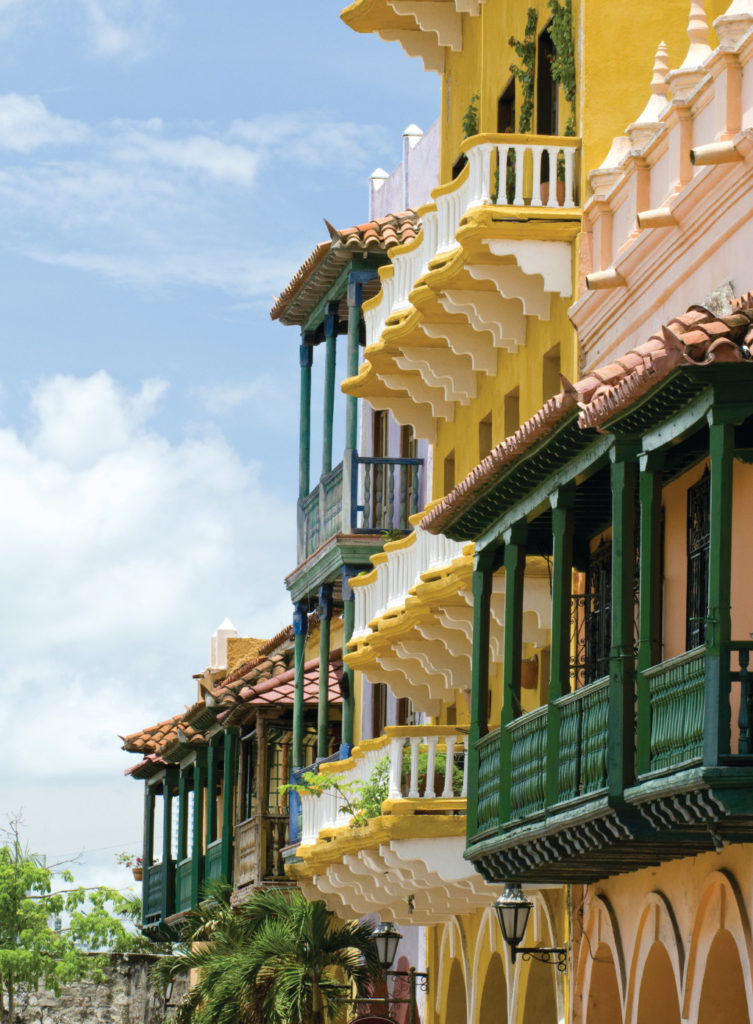
CULTURE
CIUDAD AMURALLADA
The history and the culture of the city are visible in its colonial architecture. Juan Camilo suggests to “get lost around the Ciudad Amurallada and try to appreciate the small details.” And to do this, nothing better than a relaxed stroll, looking up to “pay attention to the balconies, the windows, the domes, the emblematic doors.” It will be impossible not to notice the “colours and the smells around you” and to be drawn to “the slow pace of the city and the cordiality of the locals.” The walk cannot end without a visit to the castle of San Felipe, considered World Heritage Site by UNESCO. Juan Camilo suggests to “research the place in advance or book a local guide to explain the historical highlights” since it was “the key defence point in many invasion attempts that La Heroica underwent” during the 16th and 17th centuries.
Ciudad Amurallada is rich in small details, such as its balconies, windows, domes and emblematic doors

